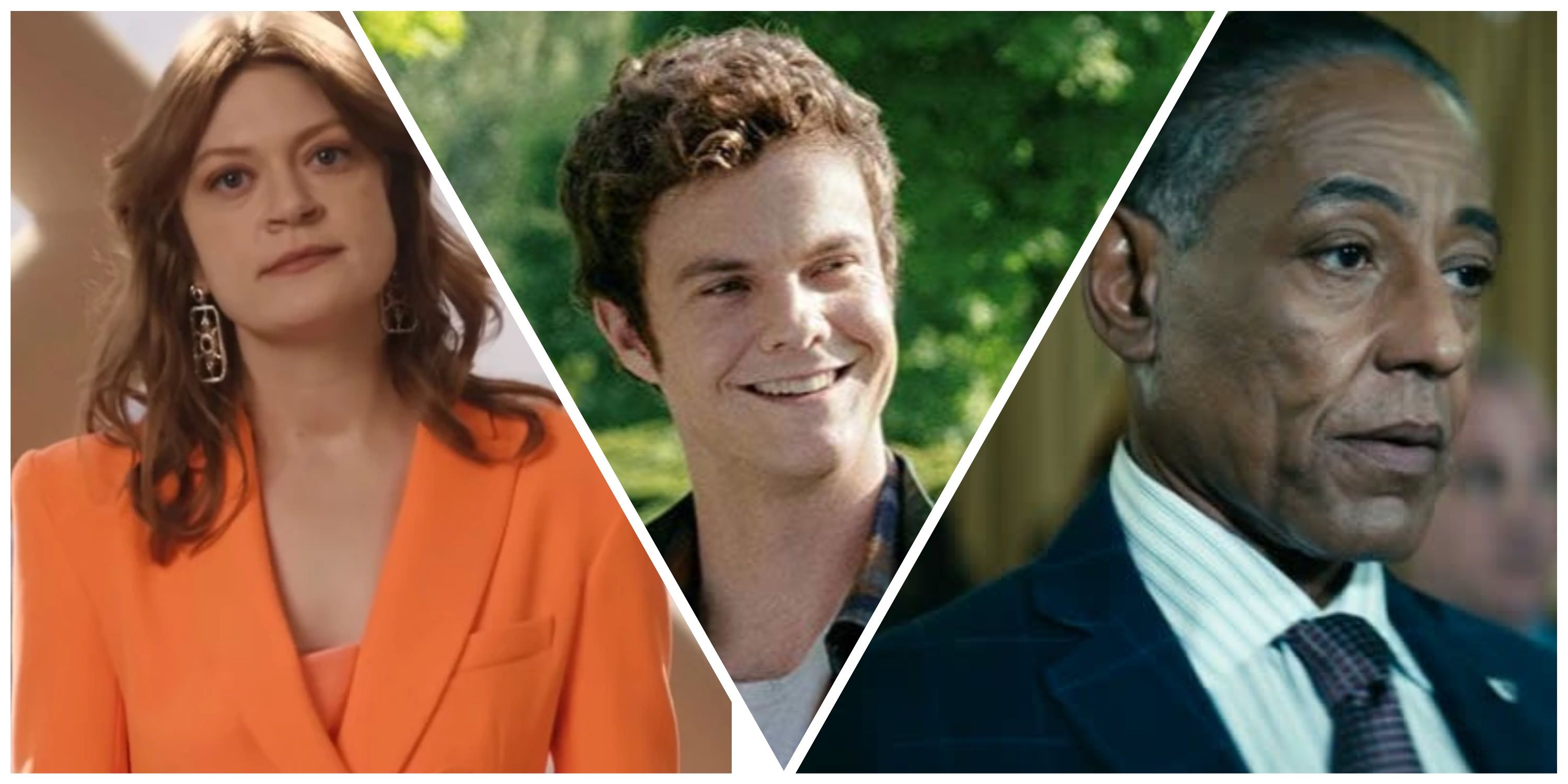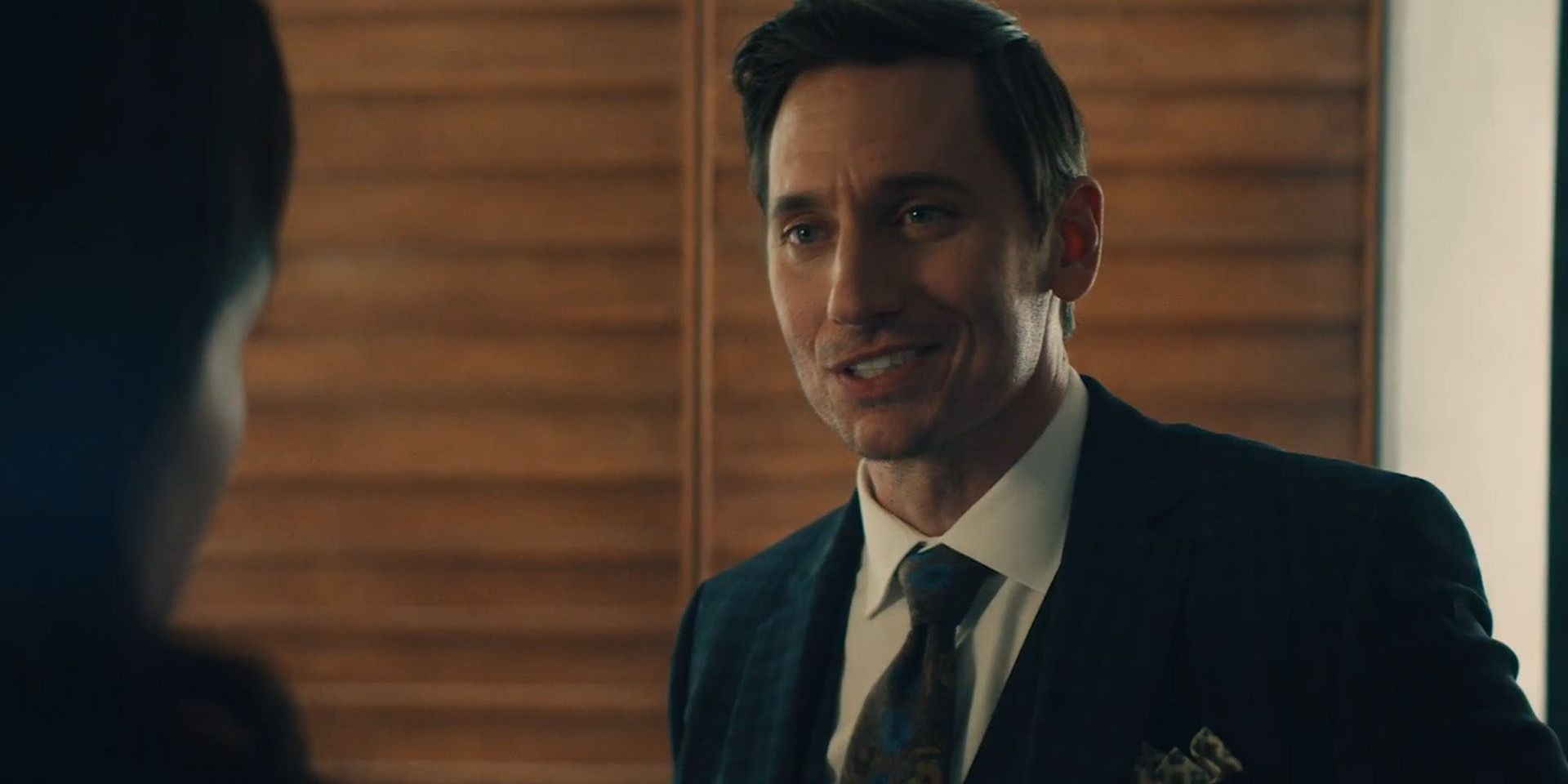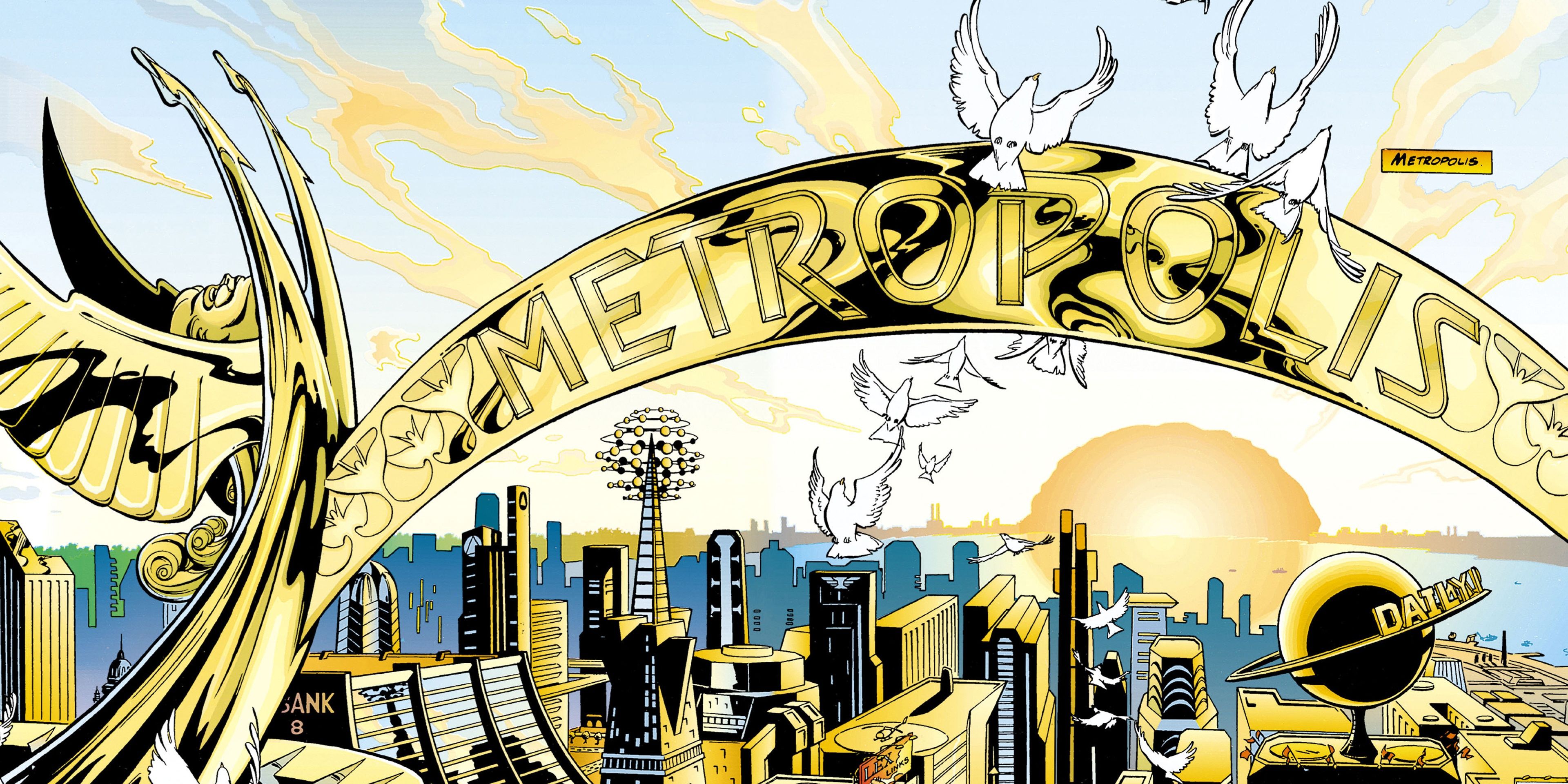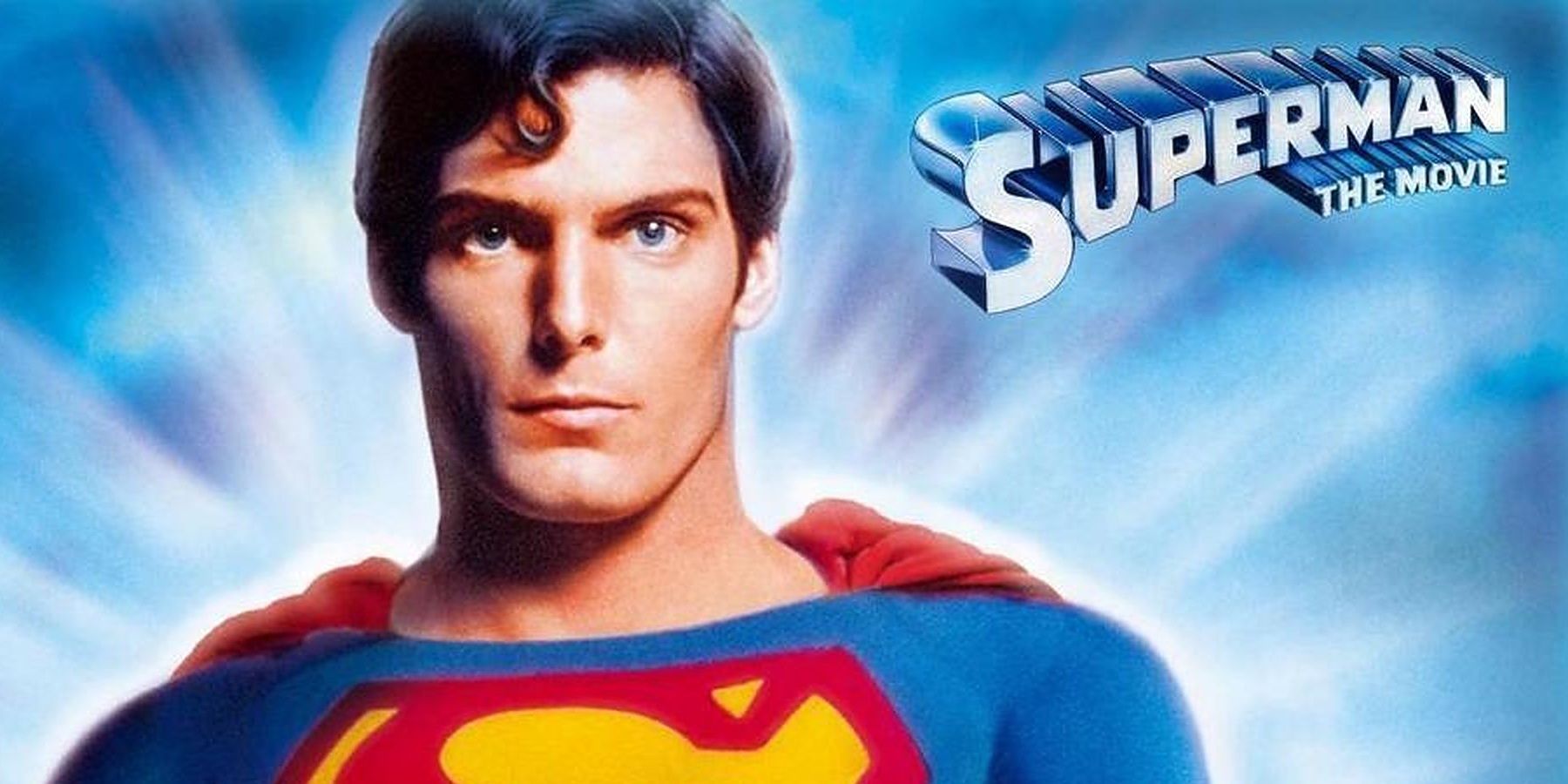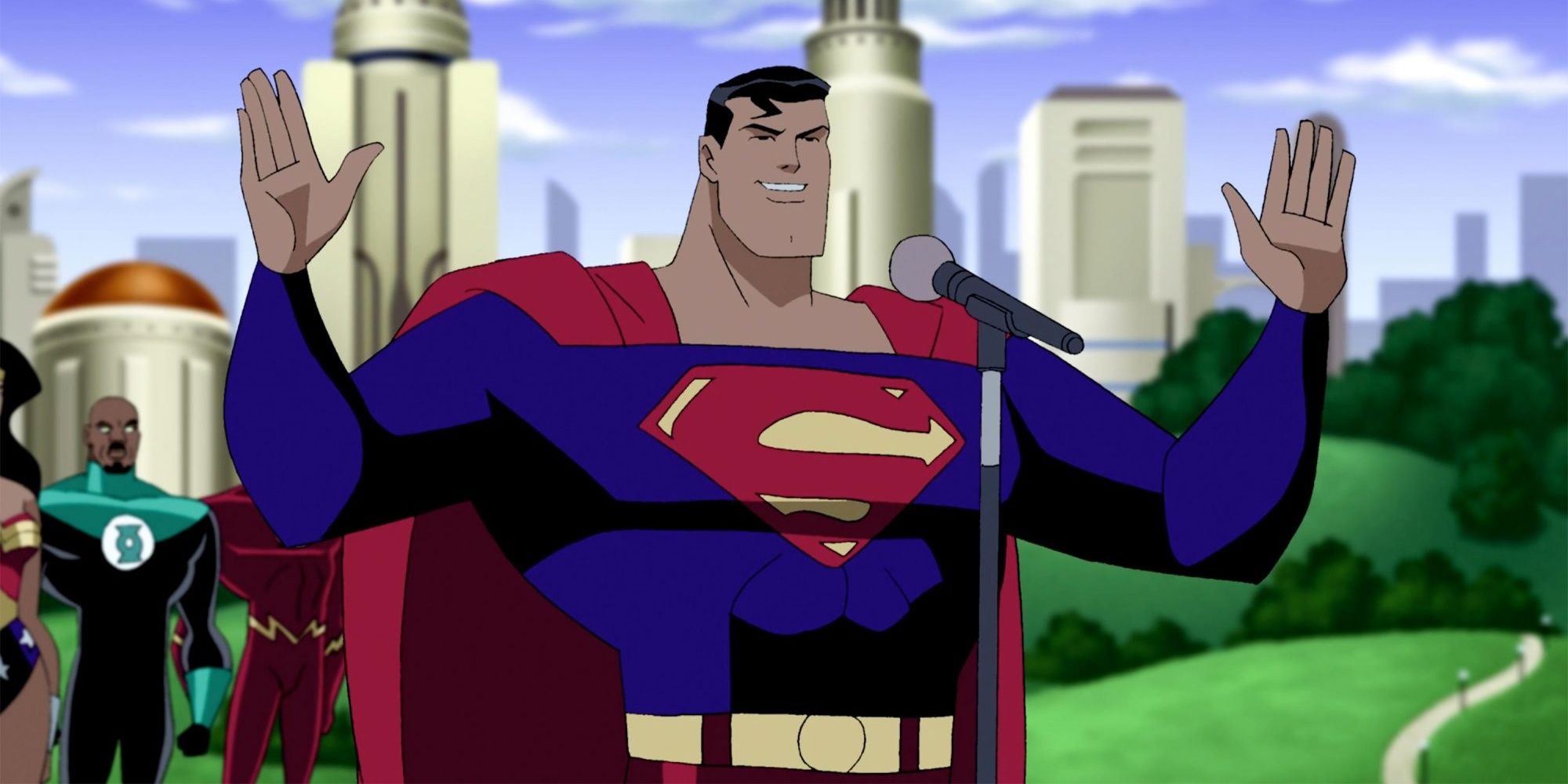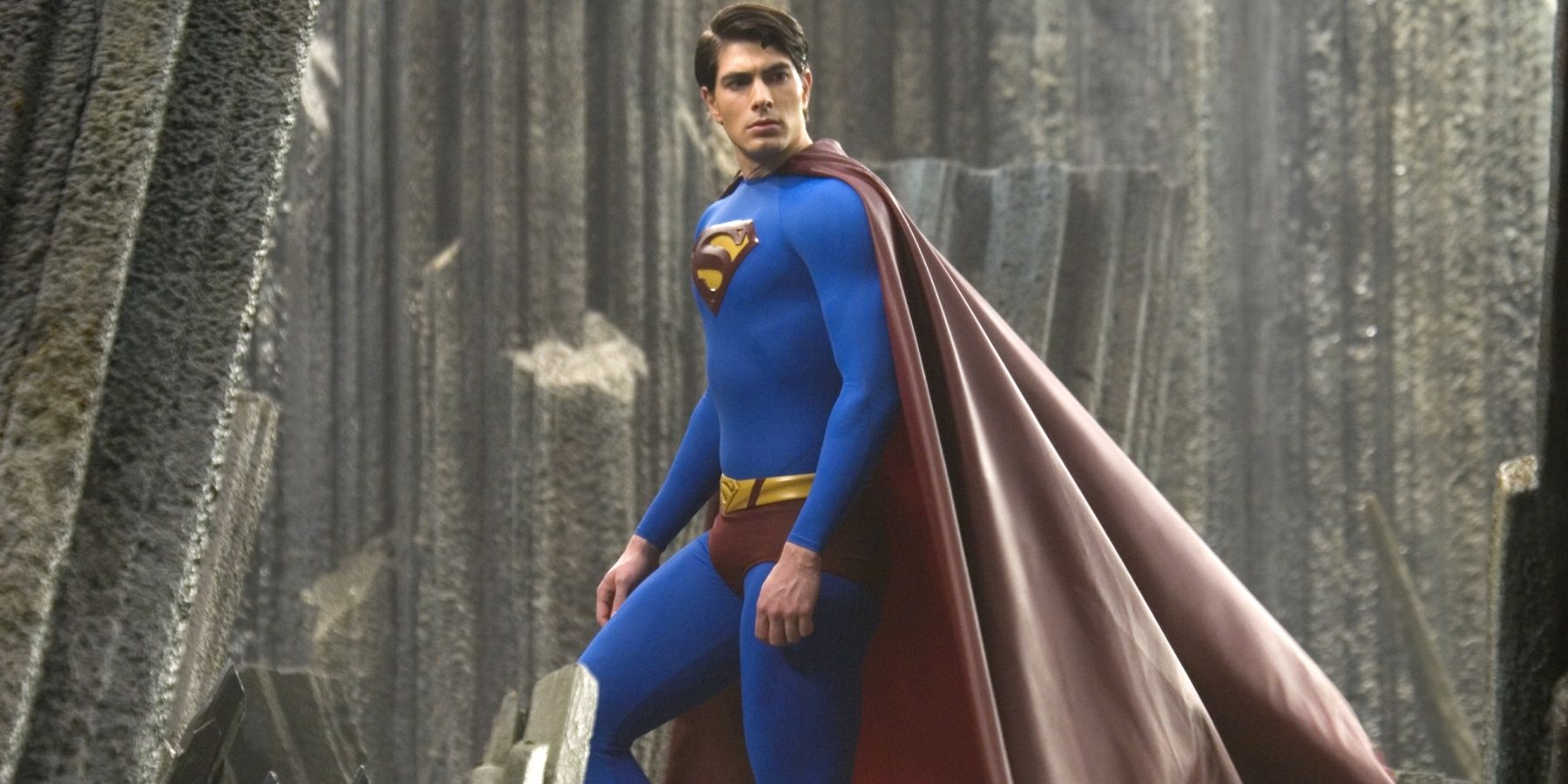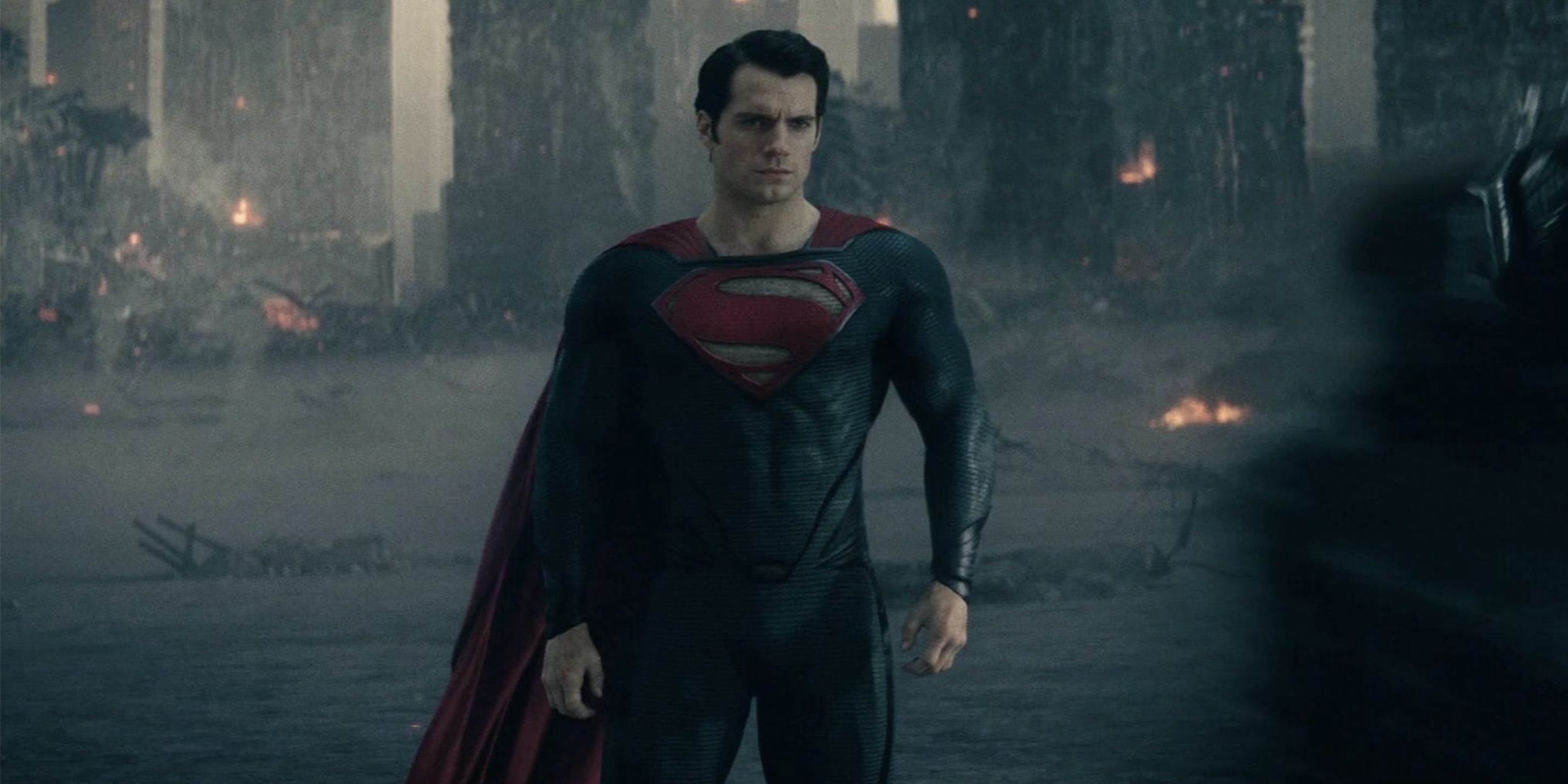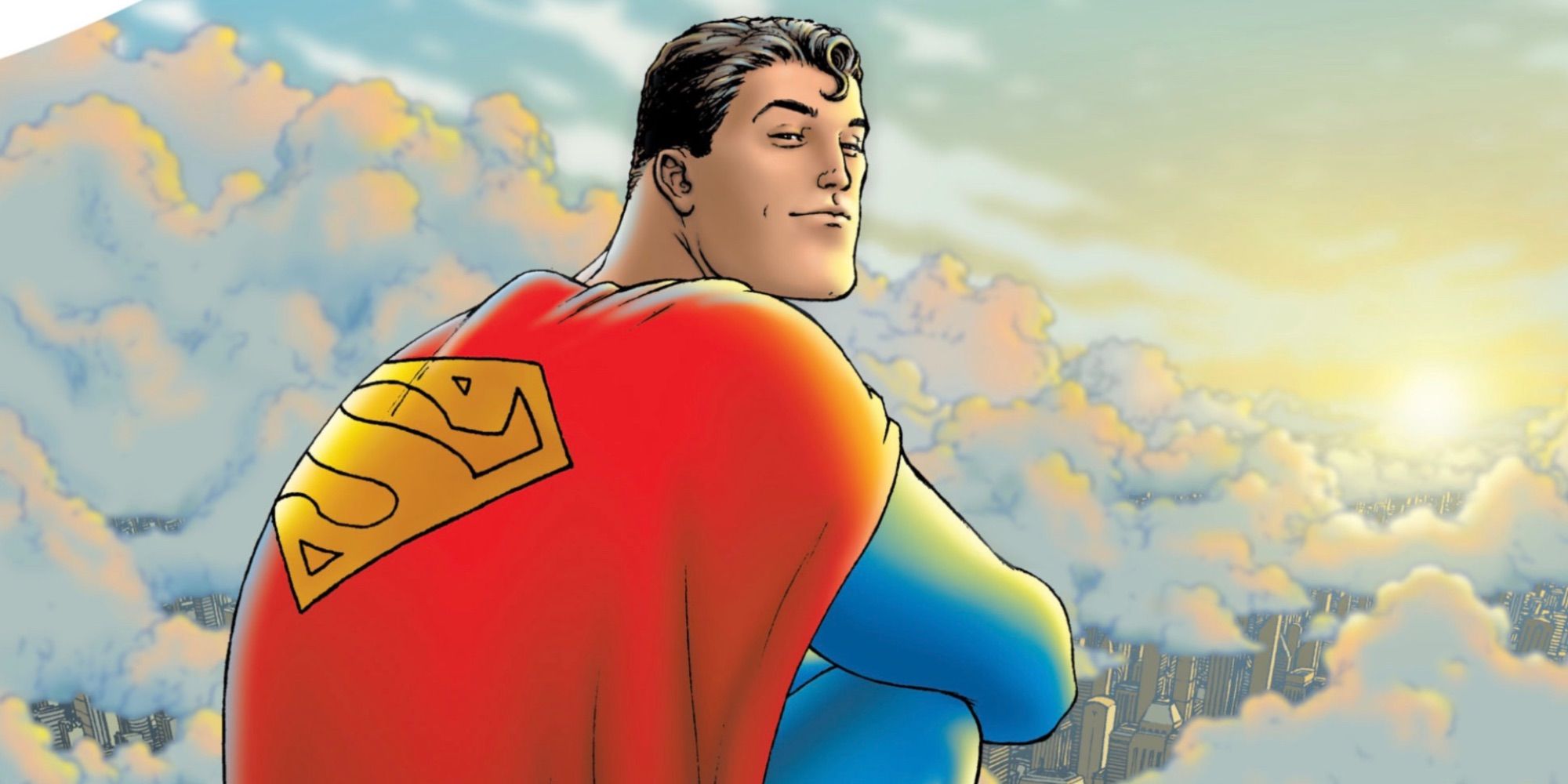James Gunn's Superman: Legacy, the first film in his newly-minted DCU, is set to hit theaters sometime in 2025. A new take on the Big Blue Boy Scout means a new take on his iconic stomping (soaring) ground, Metropolis.
DC fans have seen dozens of onscreen iterations of the Big Apricot over the years. From Richard Donner's Superman to Zack Snyder's Man of Steel, each film gave the city a distinct aesthetic that served the director's overall vision. Every Metropolis has left its mark on the culture, and Gunn will no doubt seek to do the same with his own. But which past take, if any, should he take inspiration from?
1970s Metropolis: A Standard New York Clone with Character
Richard Donner's 1978 classic wasn't Superman's first live action appearance, but it was certainly the most impactful. Donner had the daunting task of taking the campy character off the page and bringing him into the real world. The film could easily have been ridiculous, but Donner and his incredible cast threaded the needle masterfully. A major key to the film's success was the setting.
Superman 1978's Metropolis was basically just New York with a few flourishes, like the iconic Daily Planet building, and complete with all the hustle and bustle audiences know so well. Leaving New York relatively unchanged aids the narrative, taking viewers on a tonal, three-part journey that mirror's Superman's own.
The film opens on the sterile, crystalline world of Krypton. The planet is cold and alien in every sense of the word, a stuffy mausoleum that feels as if it died long before its sun exploded. Smallville, Kansas, by contrast, is warm, lush, mythic depiction of American agrarian simplicity. A modest home designed to temper the harsh, logical influence of Krypton and plant the seed of humanity in a being that might otherwise have grown to become an all-powerful alien overlord.
Both Krypton and Kansas are relatively silent settings. But where Krypton's silence is solemn, heavy with the weight of millions of years of a dying culture's history and a planet's impeding doom, Kansas' silence feels like peace. By the time bustling Metropolis swings into view, simple, everyday things like newspaper stands, traffic, and shouting pedestrians feel electric.
Donner's Metropolis also roots the story in a recognizable world, thereby helping viewers suspend their disbelief when the film sews the otherworldly and the ordinary together. Something a super-stylized, comic booky Metropolis might've struggled to do. That way it feels as if Superman has entered the audience's world instead of the other way around.
Animated Metropolis: A Retro-Futuristic, Art Deco Dream
Bruce Timm and Alan Burnett's 1996 cartoon, Superman: The Animated Series, was another seminal piece of the Superman mythos. Timm, who had previously drawn Batman: The Animated Series, wanted to make Metropolis feel visually distinct from Gotham. Both cities act as extensions of the titular hero's inner worlds. Gotham is a dour, shadowy, haunt in which danger and madness lurk in every sewer drain and dark alley. A perfect match for the Caped Crusader. But Superman is a brighter hero, literally and tonally.
Where Timm's Gotham is almost always seen at night, most of Superman: The Animated Series' Metropolis is shown in the brilliant light of day. The architecture is a blend between futuristic and retro styles, marrying the art deco look of the classic comics and that of the technologically advanced utopia Superman strives to create. The resulting Metropolis is more fantastical than Donner's. The kind of place that could only exist in fiction. If Gotham is a nightmare that can't be escaped, animated Metropolis is a dream you never want to wake from.
Returns Metropolis: A Mix Between 30s Era and Modern New York
To put it mildly, Bryan Singer's Superman Returns is not a popular movie. The 2006 film sought to pick up where the original series left off, even casting Brandon Routh, who closely resembled Christopher Reeves, to create a sense of continuity. The action and performances were all tailored to evoke the original cast and lighter overall tone of the previous five films. However, Singer had his own ideas for how the City of Tomorrow should look.
He sought to blend the 30s-era New York that inspired the original comics, and the New York of the day. But, besides a visually stunning Daily Planet, much of Singer's Metropolis is forgettable. This is the same thing most people would say about the film itself. The largely real-world setting doesn't have the same effect as Donner's, not bringing the same tonal impact as the contrast between Krypton, Kansas, and Metropolis in the original film. Also, the pops of 30s architecture don't stand out as noticeably as Singer might have hoped.
Synder's Metropolis: A Cold, Anonymous City That Let the Hero Stand out
Like Donner, Zack Snyder sought to root his Superman in a more familiar world. However, rather than use Metropolis to contrast other locales, he used it to contrast the hero himself. His Metropolis is a cold, largely blue-gray environment that is visually interchangeable with just about every major American city.
The city's muted nature allows Cavill's Superman to stand out like the space-born savior he is intended to be. Superman is meant to serve as a beacon of hope, to bring light to a dark world. Man of Steel's Metropolis is anonymous, an amalgamation of various American cities. But where Singer's mostly standard American city falls to the background, Snyder's propels the hero forward. It certainly isn't the most memorable take, but that's the point.
What Should Superman: Legacy's Metropolis Look Like?
With Superman: Legacy, James Gunn will bring Superman's chosen home to life once more. To set the film, and the burgeoning DCU apart from other superhero movies and onscreen universes, he should take inspiration from Superman: The Animated Series' stylized approach.
Today, most superhero films attempt to place the heroes in the real world. In the MCU, for example, aside from the explicitly otherworldly settings like Asgard, cities feel exactly like their real-world counterparts. For the MCU, as in DC's Man of Steel, it's the heroes that stand out. But DC's cities have arguably always had more character in and of themselves than Marvel's.
Gotham feels like Gotham, Metropolis feels like Metropolis. The names have distinct connotations, the cities have personalities. If Gunn allows each of the DCU's cities to look and feel different instead of seeking real world connectedness and architectural modernity, not only will his films better reflect the comics, but the universe itself will stand apart from the competition. Whichever direction Gunn takes, fans will finally experience his vision for the new Metropolis and its guardian angel when Superman flies once more in 2025.


